Your equation does not have solutions. To see this define the function, defined over the positive reals,
f <- function(T) (1/(1+(((1.04e+19*((T/300)^(3/2)))/(4e+16))*exp((-(-0.045)/(0.0259*(T/300)))))))
and define a function f(x) - a, in order to solve the equation f(x) - a = 0.
g <- function(x, a) f(x) - a
Now plot this second function.
curve(g(x, 0.10), 0, 1e3)

As the graph shows, all values of g(x, 0.10) = f(x) - 0.10 are positive, f(x) != 0.10 for all x.
Analytically, if the functions never changes sign it does not have roots. Since the function is continuous, all we need to do is to check its value near 0 and the maximum.
g(.Machine$double.eps, 0.10)
#[1] -0.1
The maximum is determined with optimise.
optimise(g, c(0, 1e3), a = 0.10, maximum = TRUE)
#$maximum
#[1] 347.4904
#
#$objective
#[1] -0.09931205
Both values are negative, which confirms what the graph had shown.
Edit
Everything that was said above is right but apparently the function's expression was wrong. With the correct expression the root can be found with uniroot. Note that the solution given in the question's image was found by trial and error, the solution below was found by a numeric method but they are the same solution.
f <- function(T) {
numer <- 1.04e19*(T/300)^(3/2) / 4e16
numer <- numer * exp(-0.045/(0.0259*T/300))
numer <- 1 + numer
1/numer
}
g <- function(x, a) f(x) - a
xzero <- uniroot(g, a = 0.10, interval = c(0, 1e3))
xzero
#$root
#[1] 192.9487
#
#$f.root
#[1] -1.149569e-10
#
#$iter
#[1] 13
#
#$init.it
#[1] NA
#
#$estim.prec
#[1] 6.103516e-05
curve(g(x, 0.10), 0, 1e3)
abline(h = 0)
points(xzero$root, 0, col = "blue", pch = 16)


